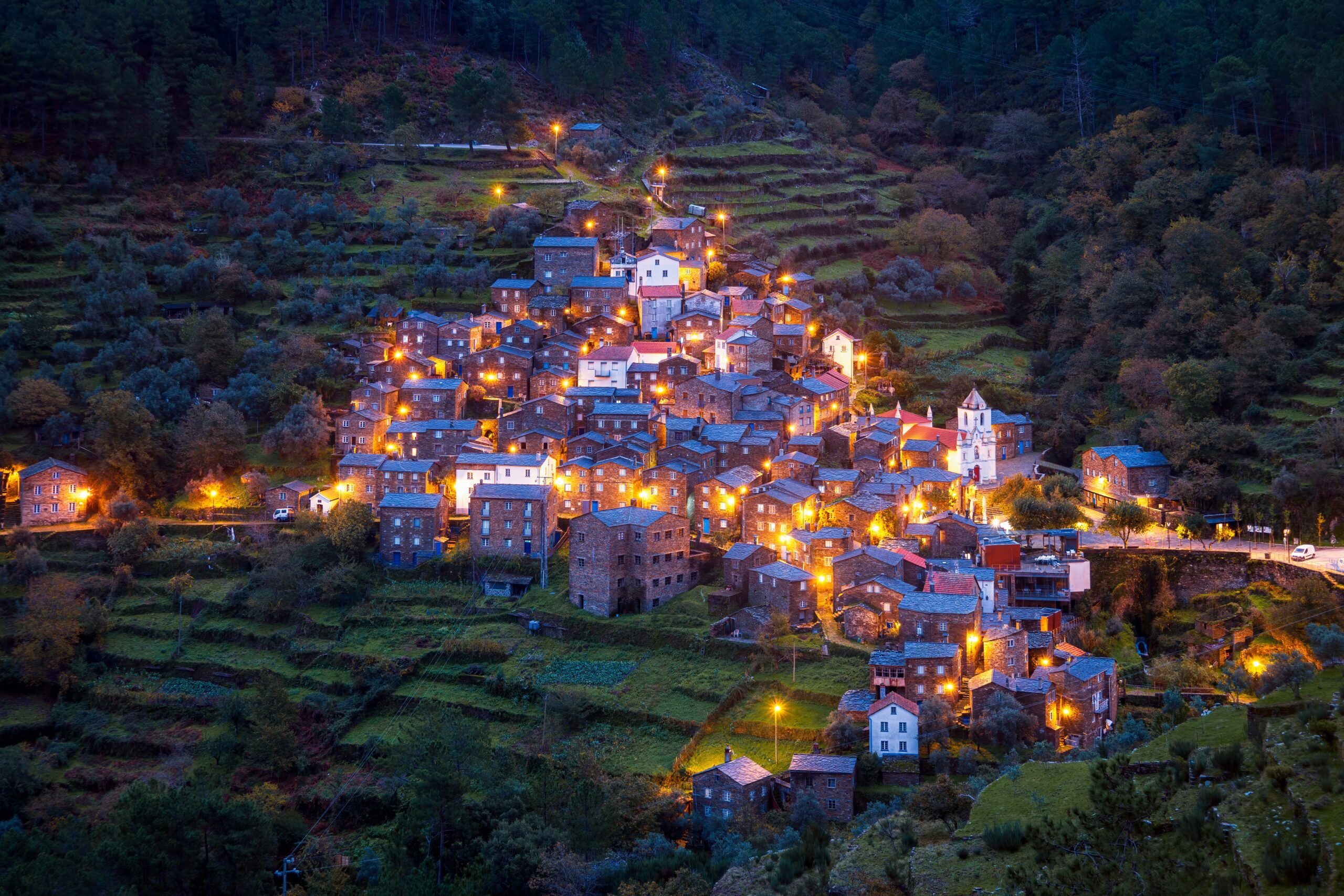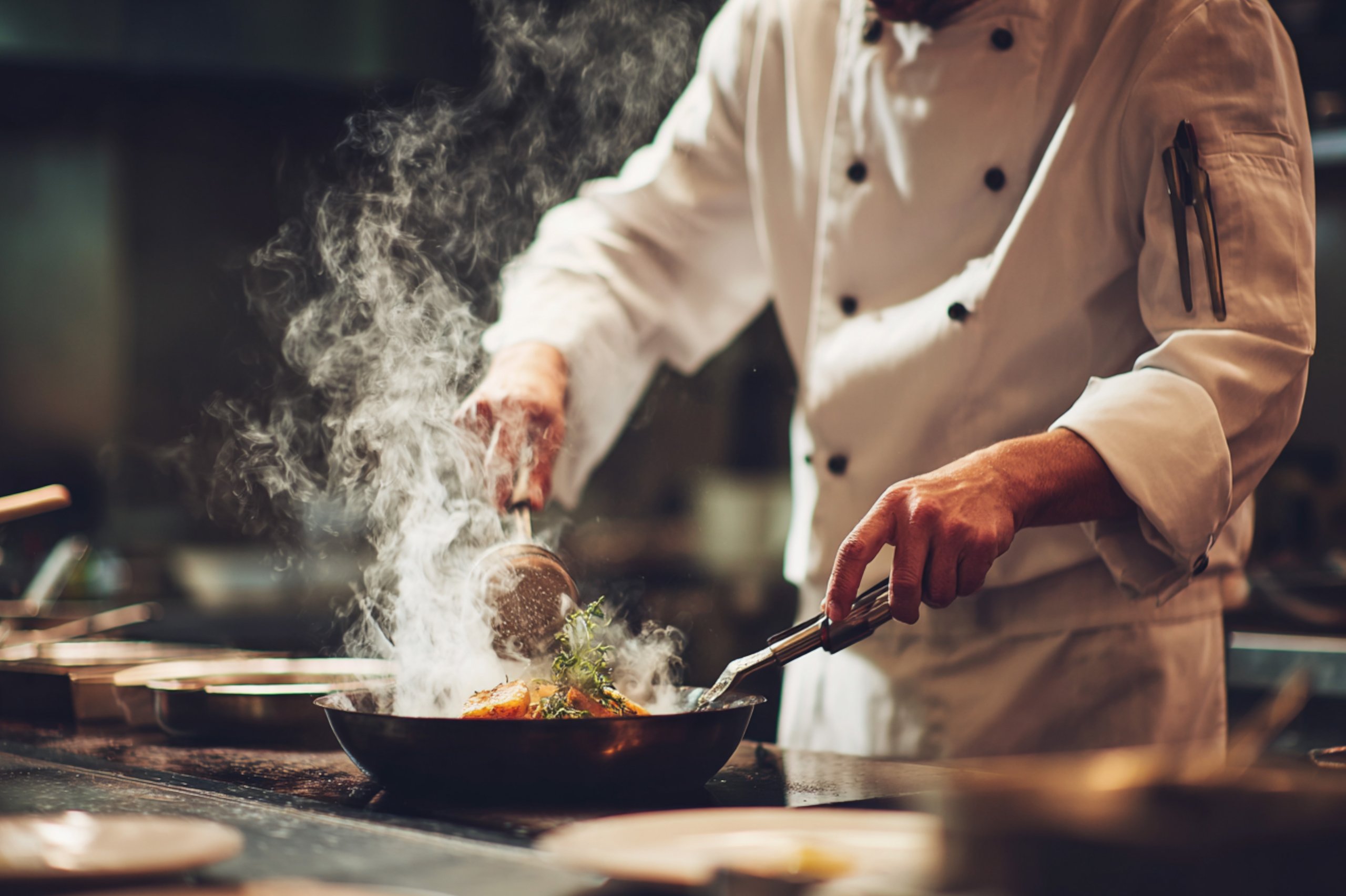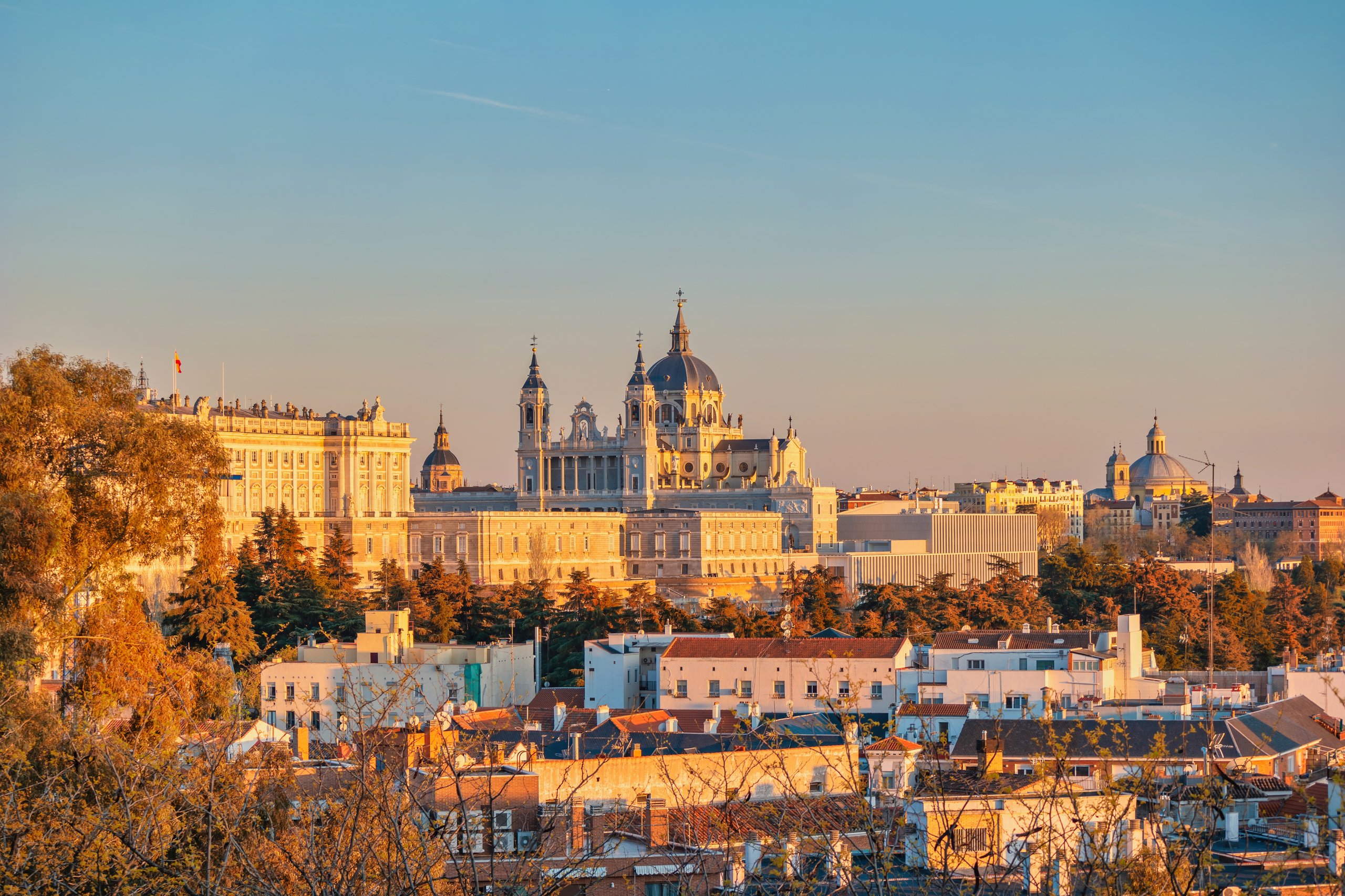Moving to France puts scenic villages and sun-drenched vineyards on your doorstep. It’s a life change that lets you embrace a new way of living, one that revolves French food and drink and the joy of eating well. Whether you’re choosing ripe produce at your local market or diving into regional specialities, discovering French cuisine is one of the great pleasures of life here.
In 2025, more overseas buyers than ever are swapping takeaway culture for the shared, seasonal pleasures of the French table. And contrary to popular myth, eating well in France doesn’t need to cost a fortune.
Contents

Everyday dining – fresh, affordable and flavourful
France’s reputation for world-class food is well deserved, but it’s not all Michelin stars and elaborate dishes. Actually, one of the joys of living here is how accessible good food is – both in terms of price and quality.
Walk into any large supermarket and you’ll find well-labelled produce, fresh bread baked on site and aisles dedicated to local delicacies. Prices for staple items tend to be similar to the UK, but the quality often stands out. Large hypermarkets like Carrefour and Intermarché offer bulk deals on French food and drink, as well as generous loyalty programmes and affordable organic ranges.
Eating out is another affordable indulgence. In most towns and villages, the fixed-price lunchtime menu – or menu du jour – is an institution. Typically around €14 to €20, these meals are prepared with seasonal ingredients and served with carafes of local wine. It’s a way of life that feels indulgent, but doesn’t require deep pockets.
Because so much of the cuisine centres on fresh, whole ingredients, many people find themselves eating fewer processed foods and adopting healthier habits naturally. It isn’t about restriction – it’s a shift towards balance and enjoyment.
For a closer look at purchasing your home overseas, claim your free copy of our France Buying Guide:
Download the France Buying Guide
Markets and farmers’ produce
Wander through a French market and it’s hard not to feel inspired – colourful displays, the scent of ripe fruit, the chatter of stallholders. Marchés are held weekly (sometimes more often) and can be found in towns and villages across the country. It’s here you will find some of the best French food and drink.
Each region showcases its own seasonal produce and traditional specialities. In Normandy you might find scallops landed that morning. In Provence, fragrant lavender honey and sun-drenched tomatoes. Prices are often competitive with supermarkets, and it’s common practice to chat with sellers, sample cheese or olives, and gather cooking tips.
Beyond the experience, markets connect you more closely with your community. It’s where you’ll learn which farmers raise ducks sustainably, who bakes the best buckwheat crêpes and when the local strawberries are at their peak. yes, you’re shopping, but you’re also participating in something timeless.
In many areas, marchés paysans (farmer-run markets) have gained popularity. Here, prices can be lower still, and the produce often comes straight from the grower to your basket. If you enjoy cooking or just want to eat better, local markets are your secret weapon.
Speciality French food and drink shops by region
While supermarkets play a role in day-to-day shopping, France remains proud of its food artisans. Most towns – even small ones – will have a selection of dedicated shops: boulangerie (bakery), pâtisserie (cake shop), fromagerie (cheese shop), boucherie (butcher) and charcuterie (cured meats and deli dishes). These are not optional extras – they’re a part of daily French life.
Staff in these shops are usually experts in their craft. Many have studied or apprenticed for years. Products are rarely mass-produced. Yes, you may pay slightly more than at a supermarket, but freshness, flavour and quality of this French food and drink is incomparable. An air-dried ham hand-sliced by a butcher in the Jura tastes wildly different from a shrink-wrapped import.
Each region reflects its heritage. In Lyon, you’ll find robust sausages and rich terrines. In Alsace, bakeries sell kougelhopf, a beautifully light yeasted cake. In Brittany, expect shelves of buttery shortbread and fresh oysters by the dozen.
Get familiar with these shops and chat with the owners – they’ll quickly come to recognise your tastes and may even set aside items they know you’ll love.
A tour of France through its food
French cuisine isn’t a single idea – it’s a mosaic of regional cuisines that reflect geography, history and cross-border influence. Exploring these local dishes is one of the best parts of life here.
Alsace: Nestled next to Germany, Alsace blends French technique with hearty Bavarian flavours. Try tarte flambée (a thin, crispy flatbread topped with cream, onions and bacon), or the iconic choucroute garnie – sauerkraut with smoked meats. White wines and beers are a staple here, especially Riesling and Pils-style brews.
Provence: Sunshine is the signature ingredient here. Expect olive oil, garlic, tomatoes and fresh herbs in abundance. Bouillabaisse, a fish stew originally from Marseille, remains a must-try. And don’t miss ratatouille – slow-cooked vegetables bursting with flavour.
Normandy: Cream, Calvados and Camembert – Normandy’s culinary trio. Indulge in rich sauces, fresh seafood (especially mussels in cider) and apple-based desserts. The region’s dairy produce is second to none, and tarte Tatin is likely to become a regular on your dining table.
Brittany: Crêpes and galettes rule the day here. Paired with local cider, they make for perfect coastal picnics. Its long coastlines also bring exceptional seafood – langoustines, scallops and clams are highlights.
Languedoc: The cuisine here is earthy and generous. Cassoulet, a slow-cooked bean stew with duck or sausage, is a regional institution. Add olives, capers and tapenade to your pantry – they’re part of the Mediterranean influence that characterises the food in this region.
France’s food map is extensive. We haven’t even touched on Burgundy’s boeuf bourguignon, the wild mushrooms of Limousin, or the peppery sausages of Auvergne. But wherever you end up, food will give you an immediate connection to the place.
Wines and drinks across France
France is synonymous with wine, and living here gives you unrivalled access to local vineyards, historic cellar doors and weekly dégustations (tastings). From delicate rosés in Provence to bold reds in Bordeaux, quality wine is available at every price point.
A bottle of good table wine can often be found for around €5. And in wine-growing regions, buying direct from small producers may offer even better flavours for less. Don’t shy away from bag-in-box wines either – many locals favour them for midweek meals, with no compromise on quality.
Beyond wine, each region has its own drinks culture. Normandy and Brittany are cider strongholds. The south celebrates pastis, an anise-flavoured apéritif. And if you’re feeling adventurous, try local liqueurs infused with herbs, fruit or walnuts.
Alcohol-free choices are growing too. You’ll find artisan fruit juices, lightly sparkling waters and low-alcohol wines widely available – often produced in the same vineyards as their traditional counterparts.
To make the most of it all, find a nearby cave – a wine shop where staff often offer advice, tastings and delivery. Over time, you’ll learn what suits your palate and have a few bottles set aside for impromptu visitors or lazy Sunday lunches.
What’s next?
Living in France invites a new relationship with food – one that’s relaxed, communal and deeply satisfying. It’s not just about what you eat but how you eat: sitting down with others, cooking from scratch and exploring local traditions.
At Your Overseas Home, we help buyers turn their dream of a French lifestyle into a reality – supporting you through every stage, from your initial search to settling into your new community. Food is the heartbeat of French culture. And once you experience it first-hand, you’ll understand why it’s so loved around the world.
Curious about where to begin? Call one of our property consultants today. Let’s start your fresh adventure.
FAQs about French food and drink
Not necessarily. Many local restaurants offer fixed-price lunch menus – or menu du jour – for €14–€20. These meals are high quality and often include multiple courses and a glass of wine, making them excellent value.
Often, yes. Local markets offer seasonal produce, fresh seafood and artisanal products directly from farmers and producers. Prices can be competitive, and quality is typically excellent, especially at farmer-run markets.
Each region has its specialities. Try bouillabaisse in Provence, cassoulet in Languedoc, choucroute garnie in Alsace and crêpes in Brittany. Exploring local cuisine is one of the best ways to understand French culture.
Yes. Good table wine can cost as little as €5, and buying direct from vineyards or caves often gives you access to excellent bottles at even better prices. Many locals also buy high-quality wines in bag-in-box format for everyday use.
Supermarkets offer convenience and variety, while speciality shops like boulangeries, fromageries and boucheries focus on high-quality, often handmade products. Locals often shop at both to enjoy the best of each.









